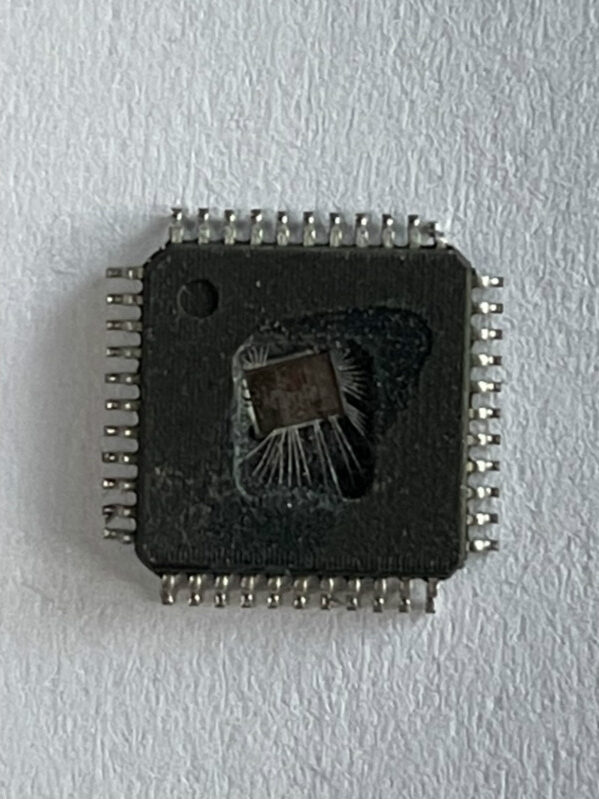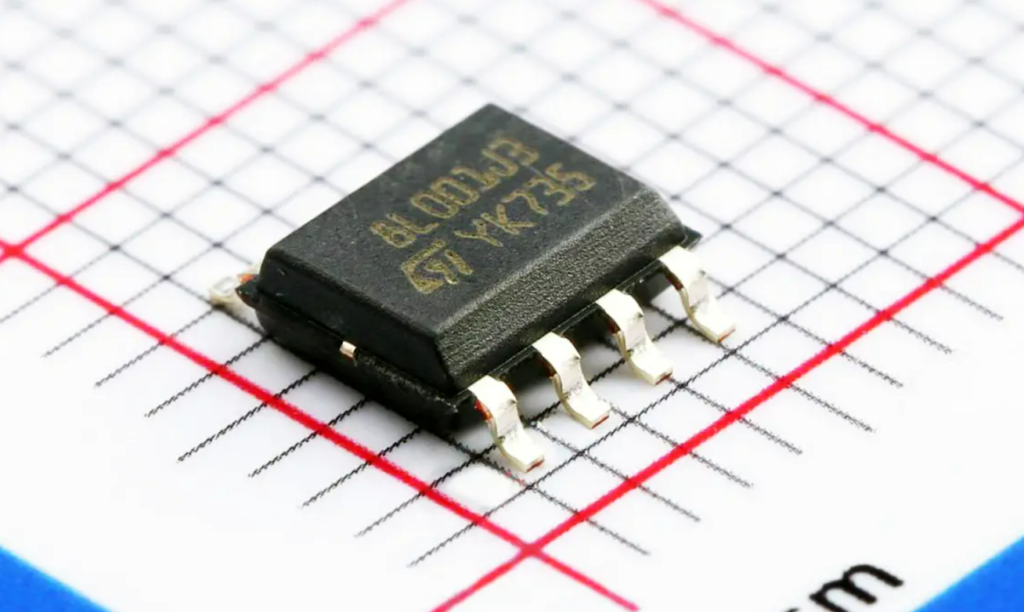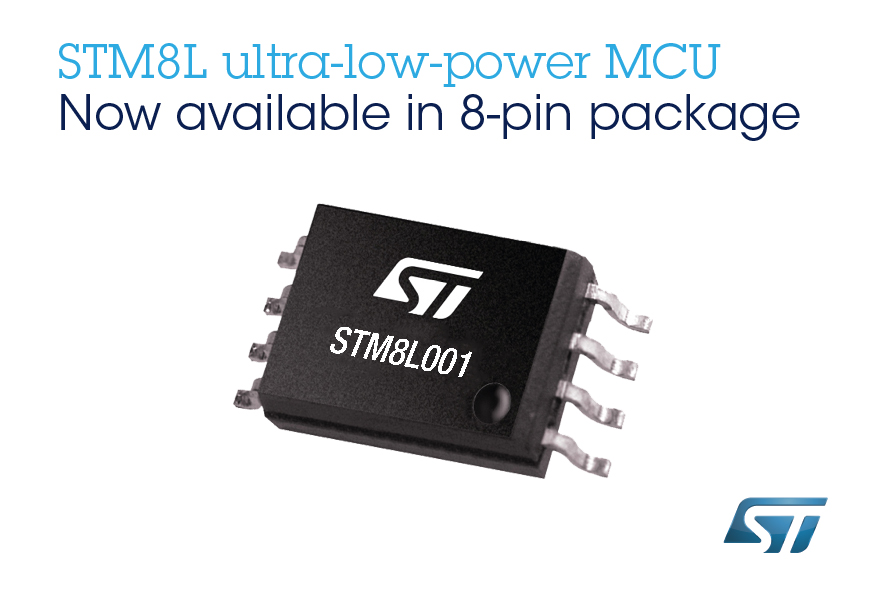STMicroelectronics STM8L001J3 MCU Flash Protection Cracking
STMicroelectronics STM8L001J3 MCU Flash Protection Cracking needs to use focus ion beam to remove the fuse bit of flash memory, and recover embedded heximal from stm8l001j3 flash memory, read the software out from microprocessor stm8l001j3 memory;

STMicroelectronics ultra-low-power continuum also lies in feature compatibility:
More than 10 packages with pin counts from 20 to 100 pins and size down to 3 x 3 mm
Memory density ranging from 4 to 128 Kbyte
The high-density and medium+ density STM8L15xx6/8 devices support five low-power modes to achieve the best compromise between low-power consumption, short startup time and available wakeup sources:
- Wait mode: CPU clock is stopped, but selected peripherals keep running. An internal or external interrupt or a Reset can be used to exit the microcontroller from Wait mode (WFE or WFI mode).
- Low-power run mode: The CPU and the selected peripherals are running. Execution is done from RAM with a low speed oscillator (LSI or LSE). Flash memory and data EEPROM are stopped and the voltage regulator is configured in ultra-low-power mode. The microcontroller enters Low-power run mode by software and can exit from this mode by software or by a reset.
All interrupts must be masked. They cannot be used to exit the microcontroller from this mode which can be used to crack stm8l151f3 mcu flash memory protection.

- Low-power wait mode: This mode is entered when executing a Wait for event in Low- power run mode. It is similar to Low-power run mode except that the CPU clock is stopped. The wakeup from this mode is triggered by a Reset or by an internal or external event (peripheral event generated by the timers, serial interfaces, DMA controller (DMA1), comparators and I/O ports). When the wakeup is triggered by an event, the system goes back to Low-power run mode.
All interrupts must be masked. They cannot be used to exit the microcontroller from this mode.
- Active-halt mode: CPU and peripheral clocks are stopped, except RTC. The wakeup can be triggered by RTC interrupts, external interrupts or reset in order to crack stm8l151r8 microcontroller flash memory.
Halt mode: CPU and peripheral clocks are stopped, the device remains powered on. The RAM content is preserved. The wakeup is triggered by an external interrupt or reset. A few peripherals have also a wakeup from Halt capability.

Switching off the internal reference voltage reduces power consumption. Through software configuration it is also possible to wake up the device without waiting for the internal reference voltage wakeup time to have a fast wakeup time of 5 µs.

